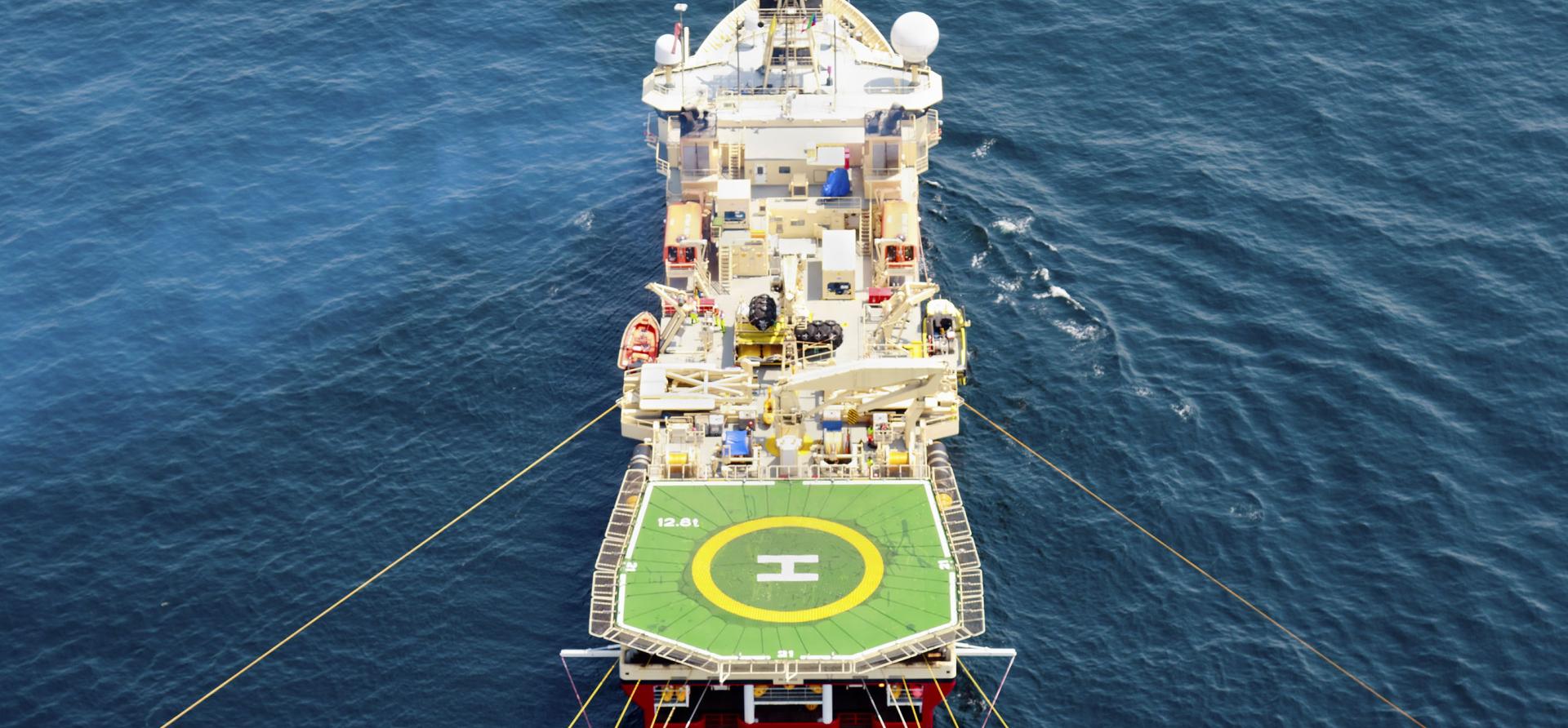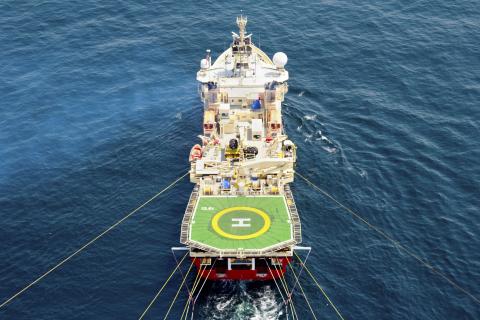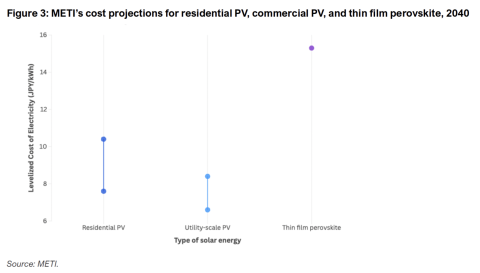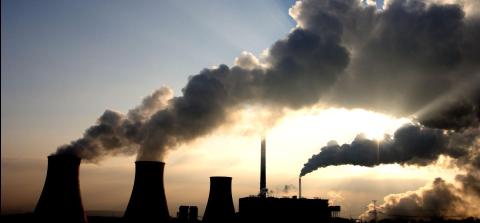Presentation: Norway’s Sleipner and Snøhvit CCS: Industry models or cautionary tales?
Download PDF

The oil and gas industry, along with a host of high carbon-emitting companies and hopeful governments, are looking at offshore carbon capture and storage (CCS) as a panacea to reducing anthropogenic carbon dioxide (CO2) emissions.
Leading proponents consistently cite two projects in Norway as proof of the technology’s viability: Sleipner and Snøhvit.
These offshore fields have been operating since 1996 and 2008, respectively.
These subsea carbon capture and storage (CCS) projects, despite being cited globally as success stories, cannot be used as definitive models, as every project will have unique subsurface conditions.
After a literature review of technical studies and academic papers covering Sleipner and Snøhvit from the 1990s to the early 2020s, major deviations were found to take place in subsurface geologic storage characteristics that put both projects CO2 containment at risk.
These risks are shared by all proposed CO2 storage projects and have not been adequately explained to decision-makers or the public.
The report demonstrates that field operators must expect the unexpected, make detailed plans, and prepare for contingencies.
Read the report: Norway’s Sleipner and Snøhvit CCS: Industry models or cautionary tales?
Read the press release: Norway’s carbon capture and storage projects augur geological risks in global aspirations to bury carbon dioxide

















